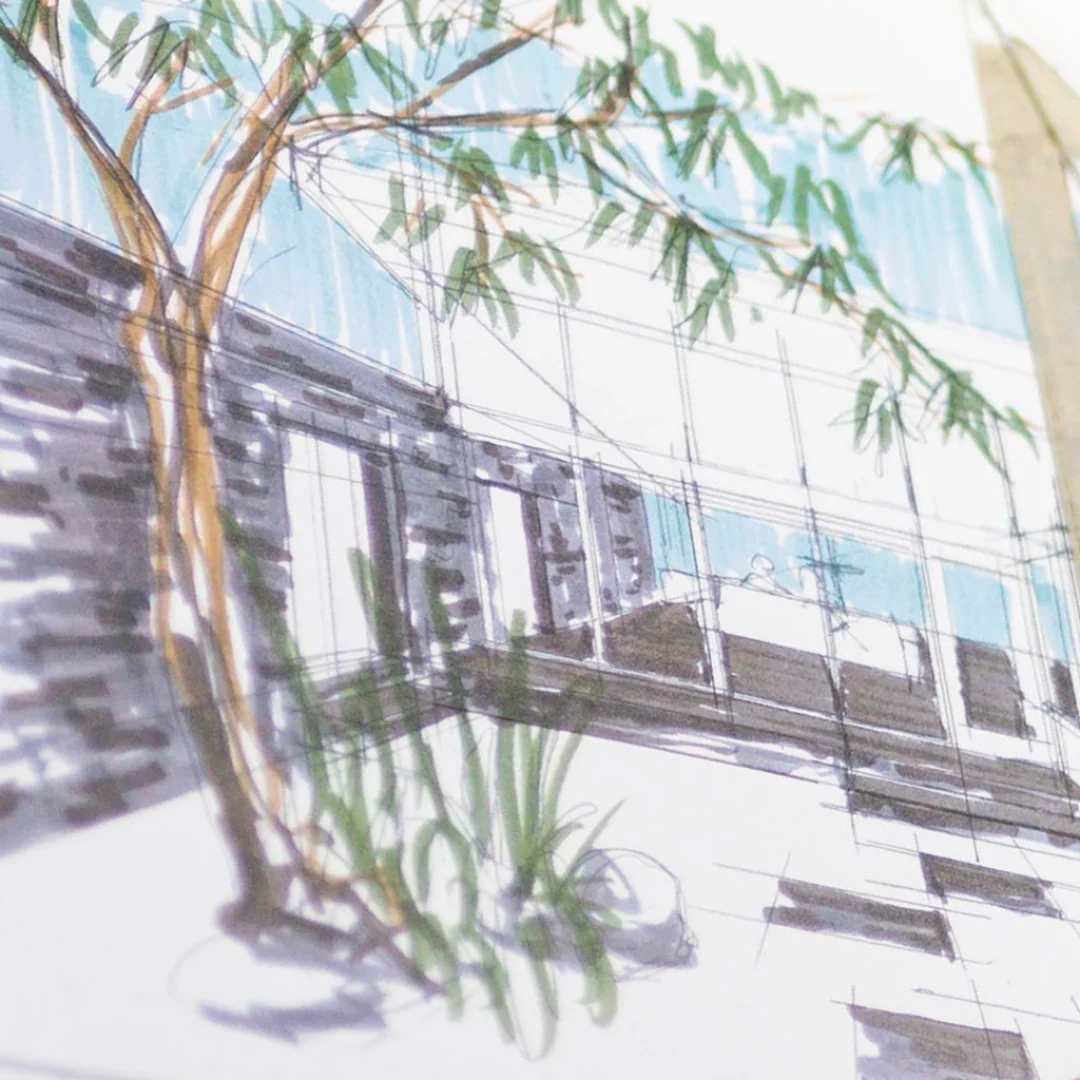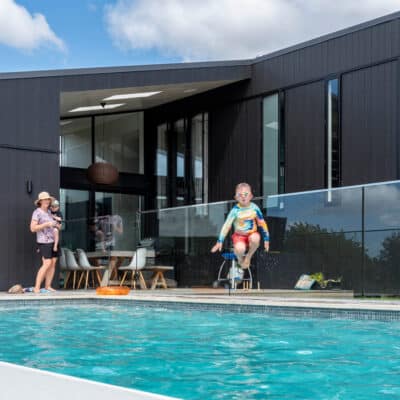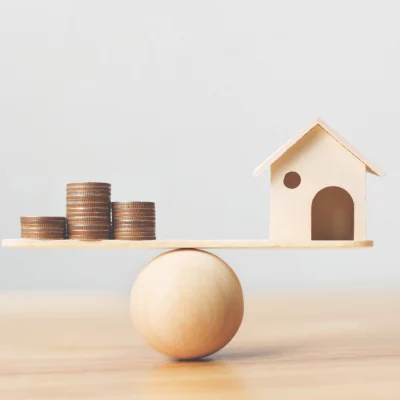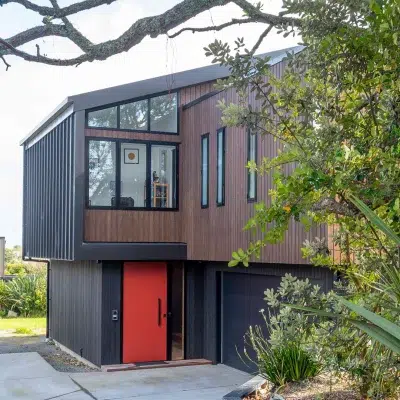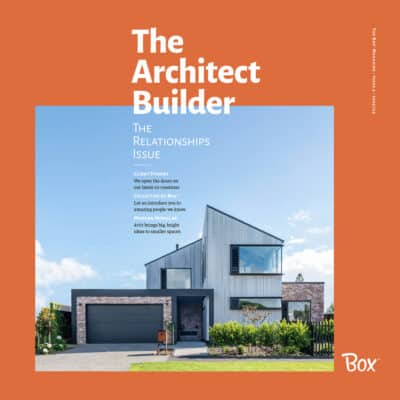When someone gives you a ‘square metre’ rate, it is often impossible to know what is included in this. How do you accurately compare one company with another, when there is no common definition of cost per square metre?
- GST. Architects are notorious for not including GST in their rates
- Siteworks. Does it include earthworks, driveway, drainage, wastewater treatment, foundations etc?
- What is excluded? Appliances? Floor coverings? Cabinetry? Painting?
- Does it include design, costing, consenting or engineering?
- What is the specification of fixtures and fittings? How many electrical fittings are assumed?
- Is this assuming a flat site or sloping site? What are the foundations assumptions?
- Are decks included?
- What is the value of ‘Owner Care’ items excluded from the build cost?
So the square metre rate can only be taken with a pinch of salt. And watch out for rates given by councils or governments. The costs put on building consent forms by applicants are artificially low because they are linked to the cost of the consent application!
Rates can vary from $2500/sqm at the economy end to $10,000+/sqm at the architectural end. How can one possibly budget based on this range?
As the saying goes, ‘you get what you pay for’, so it is critical to understand what influences the cost of the project.
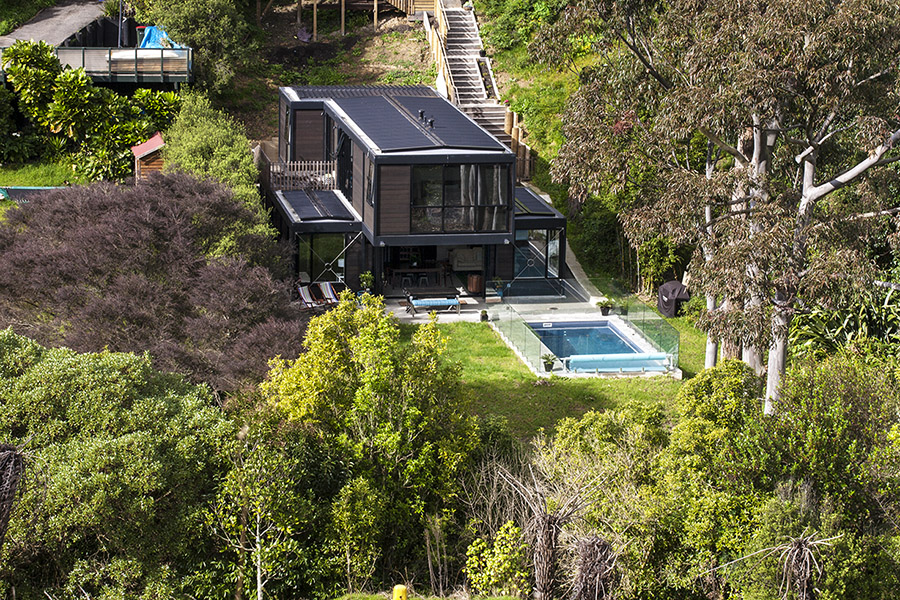
Things that push the building cost/m2 up:
Sloping or steep sites
These require earthworks and complex foundations. During the build, more money is often spent on scaffolding, not to mention the time for tradies and builders to climb up and down the site. It all adds up!
Services
If you need to put in the wastewater treatment system, rainwater collection or run a power cable 50m, this will quickly erode your budget. If you want to be in the $2000 to $3000 range, you better have a flat, well-serviced site
Good design
More light, better proportions, better flow, suited to your family all cost money. You will spend more in the design stage and likely more during the build. The $3000 to $5000 range is more ‘premium economy/business class’. If you throw in a slope, that can quickly add another $500 – $1000 per sqm
Size
The bigger the house, the lower the cost/sqm. A well designed and built 25sqm cabin will likely start at $6k/m2, most are around the $10k/m. A 300m2 standard volume housebuilder house will cost around $2.5k/sqm, whereas a more architectural house at 150m2 half the size will be around $4k/sqm
Complexity of shape
A rectangle is much cheaper to build than an ‘H’. It’s all about the floor to wall area ratio and number of corners….
Bathrooms and lighting
Ultimately, the size and complexity of both plumbing and electrical services are a major cost. We’ve all heard the stories of some builders giving one light per room and two plug points and then charging large amounts for additional fixtures. The number of lights and electrical points in a house, as well as wet areas have a significant impact on cost

Bespoke cabinetry
Built-in seats, storage, shelves, often made out of ply are beautiful and extremely useful, but are an expensive addition in the short-term
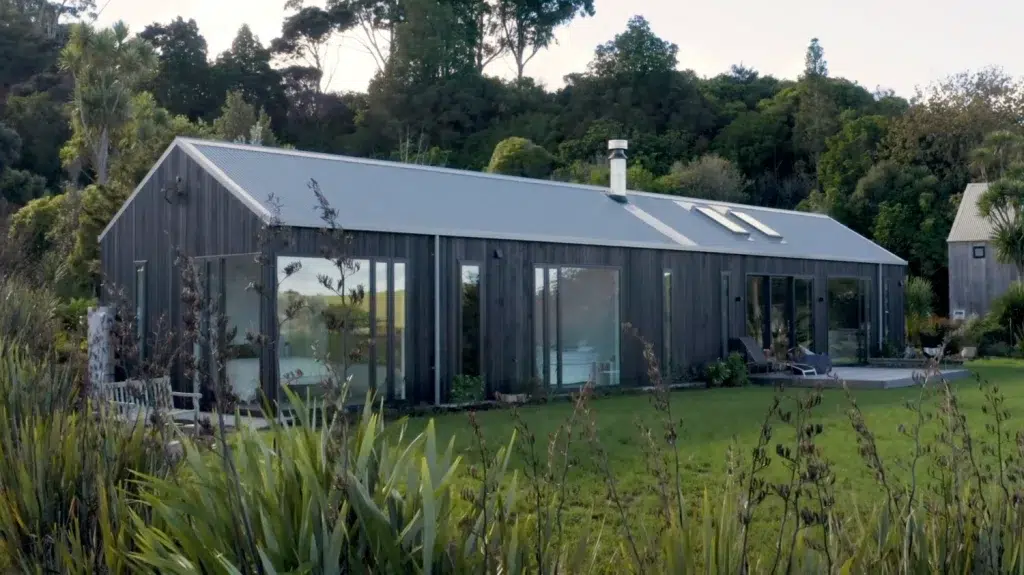
Roof lines
Your style of roof is unwittingly one of the biggest cost factors. The cheaper style is the traditional truss roof offered by most builders. This is not just because a truss roof is the cheapest way to build, but also because the eaves come down below the height of the ceiling. As a result, the external cladding area is much reduced (often 2.2m high, with 2.2m high windows), reducing labour and materials. If you go for a ‘flat’ style roof with parapets, giving a modern look, this is a more costly roof to build and also means that the walls are higher, often using up to 30% more cladding and labour.
And the thorniest of all? What will my house cost me to run and maintain over the next 10 years and how should I factor that into my comparison? That’s something that the industry is really bad at selling.
Very few people factor this into their calculations, we all tend to go for the cheapest up-front price. It is hard to assess the impact on our health or well-being by spending more on design. It is slightly easier to calculate savings from an energy-efficient and low-maintenance house. And how does the style and design of the building impact future resale?
Conclusion
Ultimately, you will get what you pay for. So you need to be clear on motivations. Do you appreciate quality and well-designed spaces? Do you like a particular style? Or is this a short-term 3yr house which needs to be on-sold for as much as possible?
We understand that it’s a lot to take in. The main issue is the number of variables to any design and build housing project.
